"Super Taskers" Can Phone and Drive. The Rest of Us Should Shut Up

Most people can’t concentrate on the road while talking on the phone, as Jack E. Robinson, a Boston businessman and former candidate for governor of
Watson and Strayer assessed the performance of 200 Utah undergraduates single-tasking simulated freeway driving, and again while simultaneously “driving” and holding a cell phone conversation in which they memorized words and did math problems.
When talking while driving, the non-supertaskers took 20 percent longer to hit the brakes, and following distances rose 30 percent as drivers failed to keep pace with the simulated traffic. Memory performance declined 11 percent, and ability to do simple math problems fell by three percent. However, supertaskers displayed no change in their normal braking times, following distances, or math ability, and their memory abilities actually improved three percent.
Interestingly, the supertaskers’ performance on single tasks also was markedly superior to that of the run-of-the-mill H. sapiens.
In neuroimaging studies, the driving-cell phone multitasking appears to overtax the dorso-lateral prefrontal cortex, the executive region of the brain, says Strayer. This shows up as unusually high metabolism in that region.
Watson and Strayer suspect that the supertaskers may be able to farm part of the work of multitasking out to other parts of the brain, based on studies of elderly adults who have shown little cognitive decline which were conducted by Roberto Cabeza of Duke University. These have shown “bilateral activation, both left and right brain trying to solve a problem,” says Strayer. “It’s like trying to lift a weight with both arms versus one arm.”
Watson and Strayer are now studying expert fighter pilots, who they think may have extraordinary multitasking ability.

I'm a freelance journalist covering science, medicine, and automobiles.
More by David C. Holzman
Latest Car Reviews
Read moreLatest Product Reviews
Read moreRecent Comments
- Kwik_Shift_Pro4X I fell asleep looking at that image.
- Verbal Rented a Malibu a while back. It was fine, if a bit gutless.I get that Detroit wants to go all-in on high profit margin SUVs and blinged-out MAGA trucks. Everyone has known for decades that they can't compete on price in the affordable sedan space. So now all of Detroit's sedans are gone except for a couple of Cadillac models.But you'd think that just one of the domestic brands could produce a fun, competitive and affordable sedan. Just one? Please? Anyone? Bueller?
- 3-On-The-Tree I wouldn’t even use Ford as a hearse for fear of being late to my party.
- SCE to AUX Norway is in Europe, and Tesla is an American automaker - no problems there.I wouldn't use Ford as the bellwether.https://www.reuters.com/business/autos-transportation/tesla-extends-lead-norway-evs-take-record-82-market-share-2024-01-02/https://elbil.no/english/norwegian-ev-policy/
- Steve Biro If the U.S. government wants to talk about banning all connected cars - or at least the collection and sharing of information from said vehicles - I’m all ears. Otherwise, don’t waste my time.



















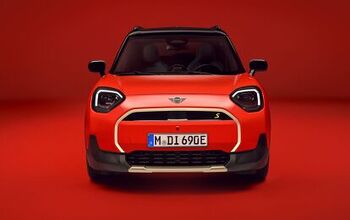

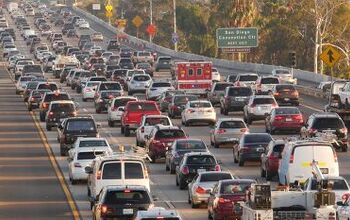
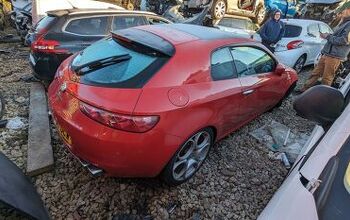
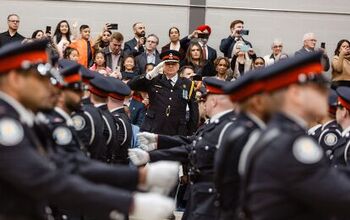
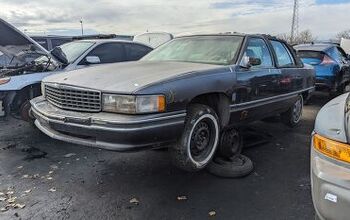

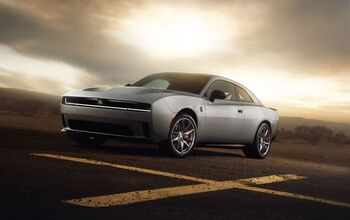
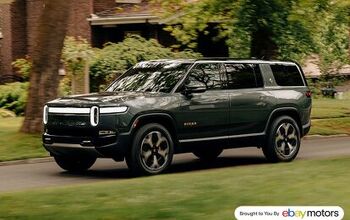
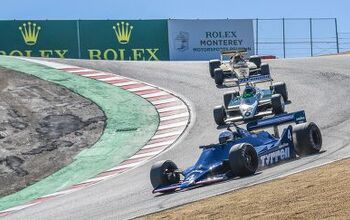
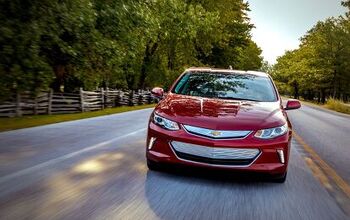
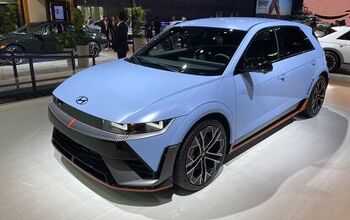
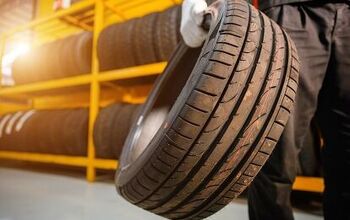
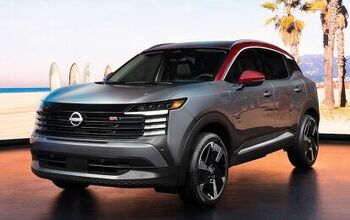
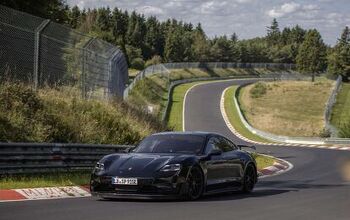
Comments
Join the conversation
@David Holzman My point - probably not stated very well in my post above, as I'd just gotten up and it was about 5am- is that cell phone use has proliferated over the past decade or 15 years, while highway safety has improved over the same period. If cell phones were actually the cause of accidents, then we'd expect accidents (not just fatals, but non-fatals too, to go up simply because cell use is up very substantially. Yet, just the opposite is happening. More people have cells, more people use them while driving, yet accidents (non-fatals, not just fatals) are going down. http://www.youhavealawyer.com/blog/2008/06/17/non-fatal-accidents/ I emphasize non-fatals because it's possible to argue that fatal accidents are down do to improved safety equipment. But non-fatals are down as well, which shouldn't be, what with so many more people over the past decade using the dangerous cell phone while they drive. My quibble with "near collisions" or near misses is simply that we don't know how the stats from the study you cited would look if the near misses were removed. Saying cell phone use accounts for 7.2% of accidents and near misses may be accurate (my quibble about accuracy to follow) but with near misses removed is the figure no 6.3% ? or is it 1.9% ? My guess is near misses greatly exceed actual accidents. By blending the two it may make cells seem much more dangerous than they really are. My further quibble with near misses is accuracy. Even with cameras in the car, someone must interpret whether or not there was a near miss. Is there an objective standard applied? If a car comes within so many feet of another is that the definition of "near collision" ? Are there other factors allowing for some interpretation? Even if we say, for the sake of discussion, that "near collisions" are objectively counted, the fact that they were near misses and not actual collisions suggests people re-directed their attention to their driving - just as they usually manage to do after applying makeup, fiddling with the CD changer, finding stations, fiddling with the iPod, resetting the clock on the radio for DST, searching the glovebox for a pen, shaving, and so on. Additionally, what about multiple causation? If someone is drunk and talking on the cell, which factor is the proximate cause of the accident? What is the contributory % assigned to each factor? Is this objective? States that ban the use of hand held cells should have seen a reduction in accidents but this isn't what the accident stats show. Rather, there was no change in accident rates in those states, nor any real difference when comparing with nearby states that do not ban hand helds. http://www.npr.org/templates/story/story.php?storyId=123084040 I used to be on the side of banning cell phones while driving, but it's obvious that the graph of accidents and the graph of cell phone use while driving (where not prohibited) are going in opposite directions. I think that's all one really needs to know to realize this is just another form of distraction, not much different the list I mentioned above. When something else comes along - a new form of distraction to get excited about- then the cell will join the radio, the CD player, the plug in shaver, the makeup mirror, the iPod, etc. etc. as just another distraction device which few people worry about, and few people demand should be prohibited.
A friend in the State Police, who teaches driving for the SP, told me that the reason many SP applicants wash out of driving school isn't because they can't drive well but because they can't handle driving and the non-driving workload.